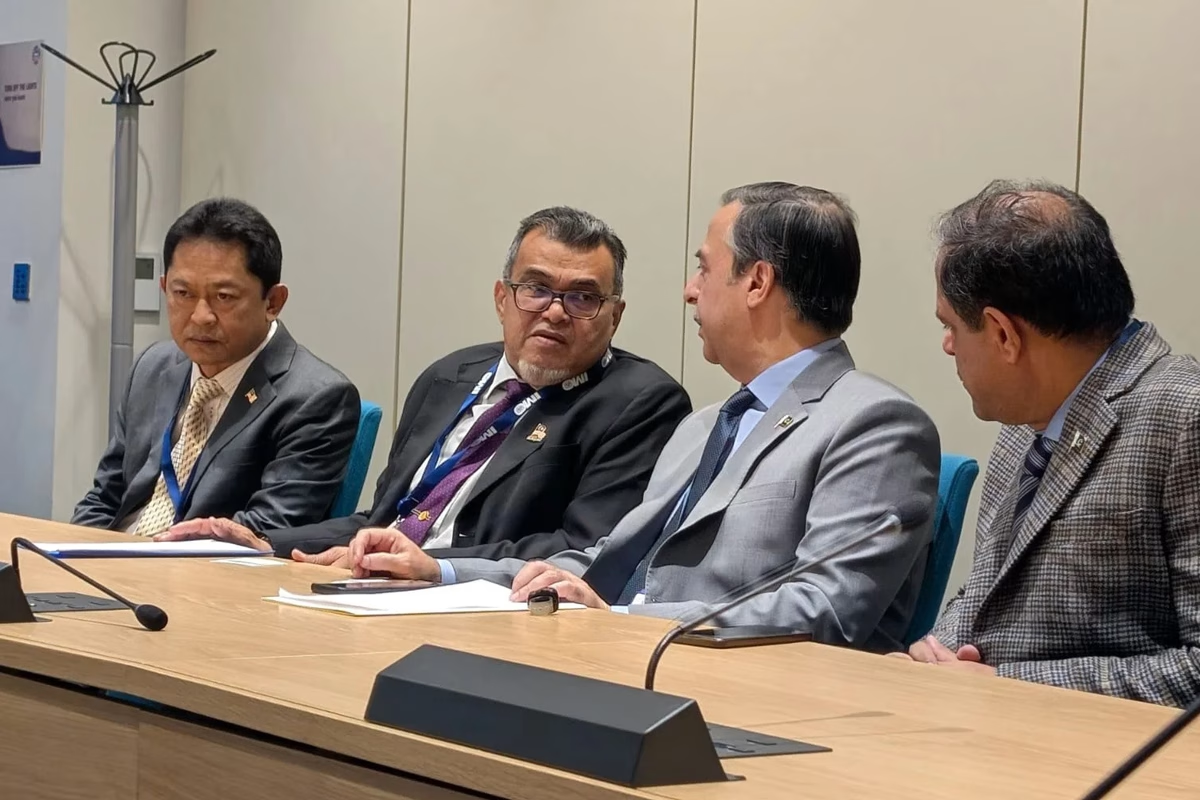
Oil slips on oversupply worries as investors watch Ukraine negotiations
November 26, 2025Successive governments in Pakistan have relied on quick fixes and politically convenient decisions to address complex problems, often without proper analysis or consideration of long-term consequences. These policies are then reversed just as hastily. The ongoing flip-flops over net energy metering (NEM) are a prime example.
This approach ultimately worsens the situation for consumers, who are already struggling under soaring electricity prices that have nearly doubled in the past two years. Yet NEPRA is now signaling further hikes next year. NEM and similar schemes have always been interim measures meant to help renewable technologies gain a foothold in a fossil-fuel-dominated market. Policy revisions or phase-outs are not unusual, but the manner in which they are being handled in Pakistan—and the justifications offered—raise several important questions:
- Why was the original three-year NEM policy (introduced in 2015) extended to seven years, with relaxed conditions?
- What did the government gain by hinting at a policy revision last year without actually implementing it?
- How did a policy NEPRA was praising until recently suddenly trigger a rush by DISCOs to process NEM applications almost overnight?
- What steps has the government taken to build a legal and regulatory framework to evaluate rooftop solar and other distributed energy resources (DERs) fairly?
- What has NEPRA done to establish a proper procedure for approving NEM connections based on grid value rather than first-come, first-served?
- What mechanisms has NEPRA developed to ensure NEM tariff structures reflect the true costs and benefits of DERs?
- Why hasn’t NEPRA pushed DISCOs to adopt smart metering—which would allow more accurate pricing for buying and selling power from DERs?
The government and NEPRA must reflect honestly on the current situation. The challenges did not arise because of NEM participants, who until last year represented only a small portion of the system. Rather, repeated tariff increases have made electricity unaffordable, pushing consumers toward rooftop solar systems—many of which are grid-connected but not fully integrated and therefore invisible to DISCOs.
The costs and benefits of NEM and other DERs vary depending on size, design, and their connection point in the distribution system. This makes it essential to develop a proper evaluation framework that guides consumers toward optimal system sizes and ensures DERs are deployed where they offer the greatest value.
Unfortunately, in the past decade no meaningful effort has been made by the government, NEPRA, or any other institution to build such a framework. As a result, Pakistan is missing out on substantial economic and grid-level benefits that DERs could deliver.
NEPRA’s current tariff-setting method—cost-of-service (COS) regulation—lies at the heart of the issue. Under COS, all fixed and variable costs are recovered through the annual revenue requirement (RR). The average tariff is then calculated by dividing the RR by projected electricity sales. This approach does not account for the broader costs or benefits of new technologies at the distribution or consumer level. When sales decline, DISCOs recover less revenue and seek tariff increases—even if those distributed technologies reduce system costs overall.
While COS regulation has guided utilities globally for over a century, it has long been criticized for encouraging overinvestment (“gold-plating”) and for discouraging support for distributed energy options that may reduce sales. Utilities naturally defend the status quo, and narratives portraying NEM customers as greedy or causing “cost shifts” are largely exaggerated.
DERs do impose some integration costs, but their medium- and long-term benefits—grid stability, reduced losses, deferred investments, improved energy security—far outweigh these costs. NEPRA’s year-to-year evaluation approach is also ill-suited for DERs, which require upfront investment but deliver savings and benefits over many years.
The government and NEPRA must reconsider their stance. Treating DERs as a threat or a mere “negative load” ignores their true value and risks pushing Pakistan further behind global energy trends. DERs, including rooftop solar, must be recognized as partners in modernizing the power sector—critical for secure, affordable, and sustainable energy.
This requires dynamic, progressive policies that reflect the realities of new technologies and evolving markets. It also requires a shift away from centralized, rigid control toward a more devolved, customer-centric power sector.
For NEPRA, this means replacing outdated tariff-setting practices with performance-based regulation that is transparent, objective, technology-neutral, and fair.
Only then can Pakistan unlock the full potential of distributed energy and build a modern, resilient power system for the future.




